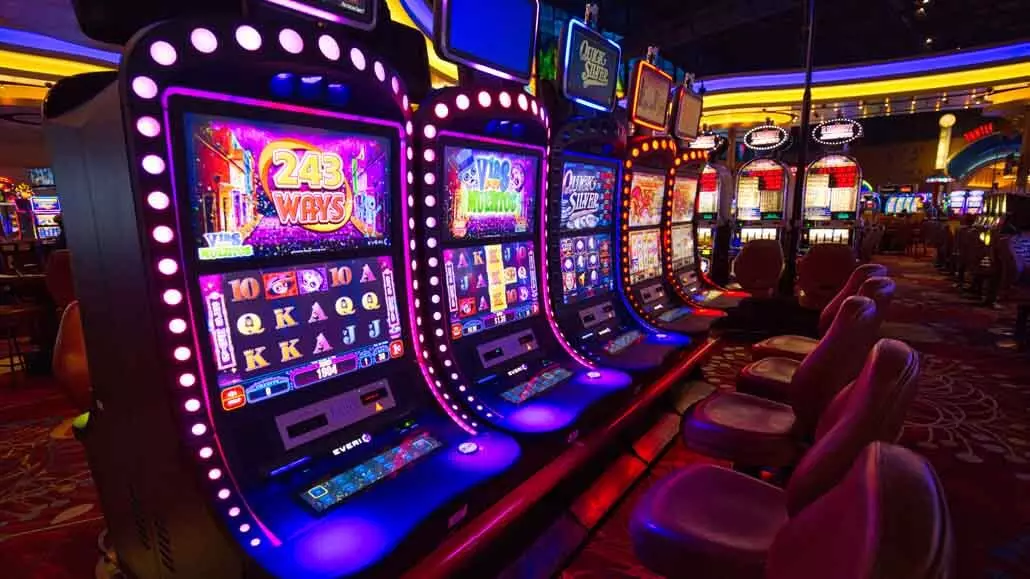The history of slot machines is a fascinating one that has seen some significant twists and turns. From the clunky mechanical machines of the early 1900s to modern-day video slots, there’s no end to these fascinating inventions that have revolutionised gambling.
The first gambling machine was invented in 1891 by Sittman and Pitt, a firm based in New York. It featured five drums and 50 playing cards, costing a nickel to play.
Origins
Slot machines have a long and rich history. They have come a long way from their early mechanical origins and evolved into modern-day video slots.
The first slot machine was developed in 1891 by Sittman and Pitt, a company from Brooklyn, New York. It was based on poker and contained five drums that acted as reels.
It was a very popular bar game, costing only a nickel to play, and relied on lining up winning poker hands on the reels. Two cards were removed from the standard 52-card deck (ten of spades and jack of hearts), which cut the odds of getting a royal flush in half.
During the 19th century, slot machines were prohibited from dispensing cash, so they usually paid out in chewing gum or other non-cash prizes. This practice was a popular pastime for many people until anti-gambling laws were introduced.
Symbols
Whether you play online or in a land-based casino, slots are a fun and exciting way to pass the time. However, there’s more to the game than just spinning reels and winning big.
Slot machines used to be purely mechanical, with a lever being pulled down to set the reels in motion. As the machine slowed down, the symbols on the display would show whether you had won or not.
Inventor Charles Fey introduced the Liberty Bell slot machine in 1894-5. It used three spinning reels with five symbols on each – the eponymous bells, hearts, spades, diamonds, and horseshoes.
Payouts
Slot machines offer different payouts depending on how much money you put into them. Some pay out small prizes relatively often, while others pay out large jackpots with higher odds of winning.
The best way to find the payouts offered by a particular machine is to check its RTP (return to player) percentage. This percentage is calculated by comparing the amount of money that has been paid out in relation to the amount that has been wagered.
A high payout percentage will make the game more enjoyable for the player. It also means that the house edge is lower. This makes slots less likely to lose players’ money, and more likely to give them a chance to win big.
Regulations
In order to ensure that slot machines are not used for illegal activities, state and local governments regulate their use. These regulations vary greatly from jurisdiction to jurisdiction, but can include rules about payout percentages, frequency of hits and more.
In some places, these regulations may also regulate the type of bonus games that are offered on the machine. This is especially true for video slots that are commonly found in modern casinos.
The main purpose of these regulations is to ensure that players are given a fair chance at winning while also making sure that the casino makes money. These regulations can be as simple as an average payout over time or as specific as a specific percentage for each bonus feature on the machine.
Video slots
Video slots are an exciting and entertaining form of casino entertainment. They have many different themes, graphics, and features that appeal to a wide variety of players.
Slot machines have a long history and can be found in both land-based and online casinos. They are one of the most popular forms of gambling in the world and have become a staple in many casino establishments.
The first modern slot machine was invented in 1894 by Charles Fey. He introduced the Liberty Bell, which included three spinning reels and a fully automated payout system.





